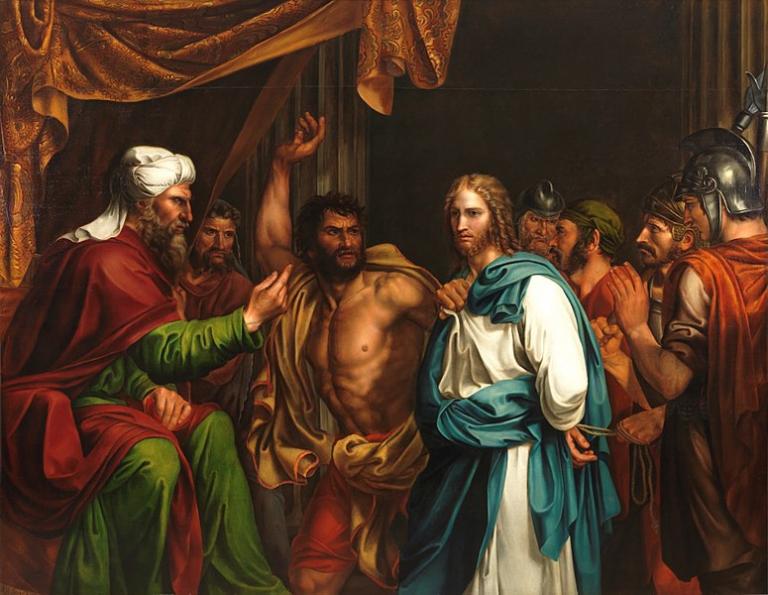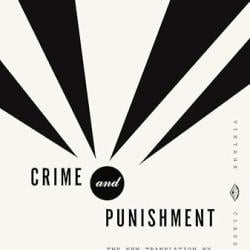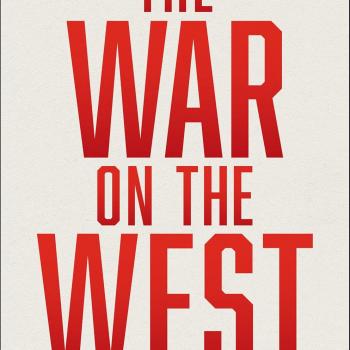Why did Jesus die? Most Christians will say something like, “He died for our sin.” While true, I’m asking a different question. Why did the people who murdered Jesus kill him? What was their motive or mindset? There are certainly layers to that answer. In this post, I suggest one particular idea that gets little discussion.
From the perspective of the authorities, Jesus’s death functioned very similarly to an honor killing. How so?
Honor, Humiliation & the Death of Jesus
Jesus challenged the prestige and authority of the Jewish leaders. The number of his followers increasingly grew. Observe the conversation in John 11:47–50.
So the chief priests and the Pharisees gathered the council and said, “What are we to do? For this man performs many signs. If we let him go on like this, everyone will believe in him, and the Romans will come and take away both our place and our nation.” But one of them, Caiaphas, who was high priest that year, said to them, “You know nothing at all. Nor do you understand that it is better for you that one man should die for the people, not that the whole nation should perish.”
To preserve their status and power, these leaders decided Jesus had to die. He threatened their honor and position in the eyes of Rome and the common people. After all, Jesus claimed that God blessed the poor and outcasts, yet despised the status-seeking of the powerful.
In an unlawful process, Jewish leaders manipulated Roman authorities into condemning Jesus. He was beaten and crucified. Many people never survived the violent beatings. Those who did likely wished they had not. One scholar describes crucifixion in the ancient world:
By the public display of a naked victim at a prominent place – at a crossroads, in the theatre, on high ground, at the place of his crime – crucifixion also represented his uttermost humiliation,…[1]
Victims were tormented publicly, physically, and psychologically. The violence of the cross had a distinct motive: humiliation. The fear of shame would keep others from acting contrary to the normal social system.
Even after death, the crucified person endured more shame. Hengel says:
Crucifixion was aggravated further by the fact that quite often its victims were never buried. It was a stereotyped picture that the crucified victim served as food for wild beasts and birds of prey. In this way, his humiliation was made complete. What it meant for a man in antiquity to be refused burial, and the dishonour which went with it, can hardly be appreciated by modern man.[2]
Death by crucifixion was sadistic, a virtual rape. Don’t forget that every victim had a family and a network of relationships. The family would be shamed that one of their members suffered this fate. Former friends would have abandoned the crucified victim at his most desperate hour. Sometimes, those being crucified were forced to watch their children or wives get killed.[3]
Imagine the effect on the watching public. Some people have compared the effect to a “state terror,” which is a “means in enforcing brutal authoritarianism through a culture of fear.”[4]
Misusing “Honor” as a Tool for Power
“Honor killings” ostensibly serve a few functions. By killing the person who brings disgrace to a community, the stain of shame is removed in the most total manner. The action gives evidence that one doesn’t tolerate so-called “shameful” people or actions. Consequently, an honor killing inevitably acts to deter anyone from contradicting certain social norms.
Christ’s death, when seen as a type of honor killing, exposes the twisted underbelly of such thinking. He was innocent of any moral transgression. The term “honor killing” is a gross misnomer; there is no moral honor in murder. An honor killing is a tool to preserve power and status; they are not designed to uphold truth or inspire love.
In actual fact, these killings brutally exemplify what we’d expect from a mentality that lays stress on fear and power. In protecting one’s own position of power, honor becomes the scapegoat.
[1] Martin Hengel, Crucifixion, 87.
[2] Martin Hengel, Crucifixion, 87–88.
[3] Martin Hengel, Crucifixion, 84. He cites Herodotus 4.202.1 and 9.120.4.
[4] David Tombs, “Crucifixion and Sexual Abuse.” Union Seminary Quarterly Review 53 (Autumn 1999): 89-109.
Photo Credit: Public Domain













